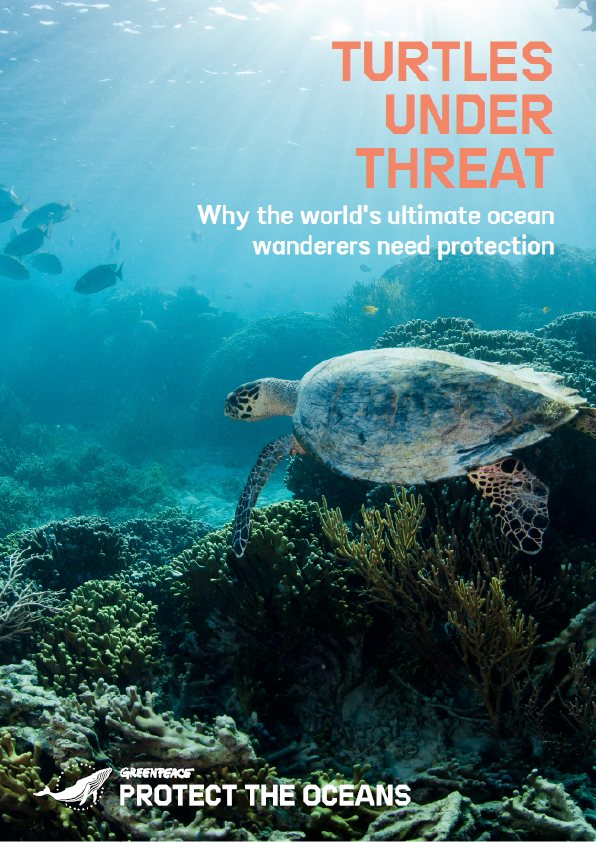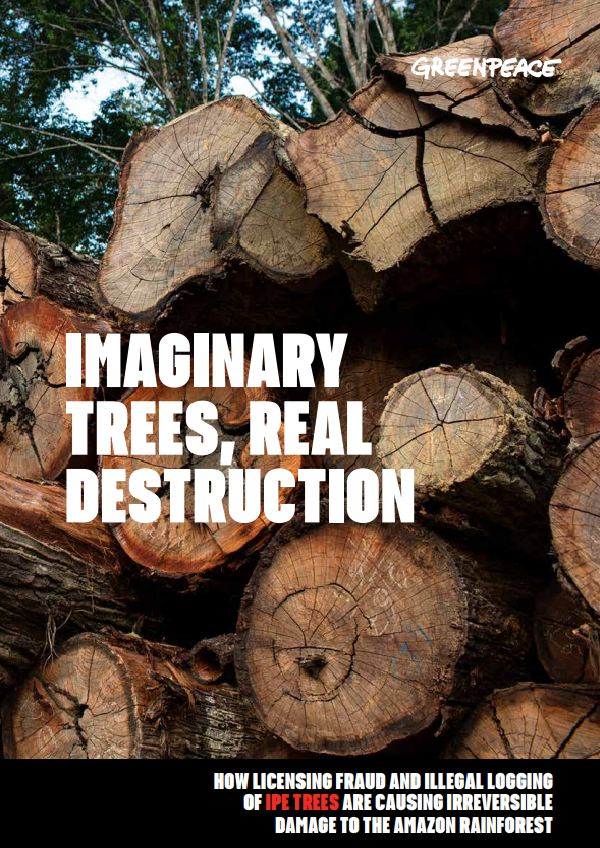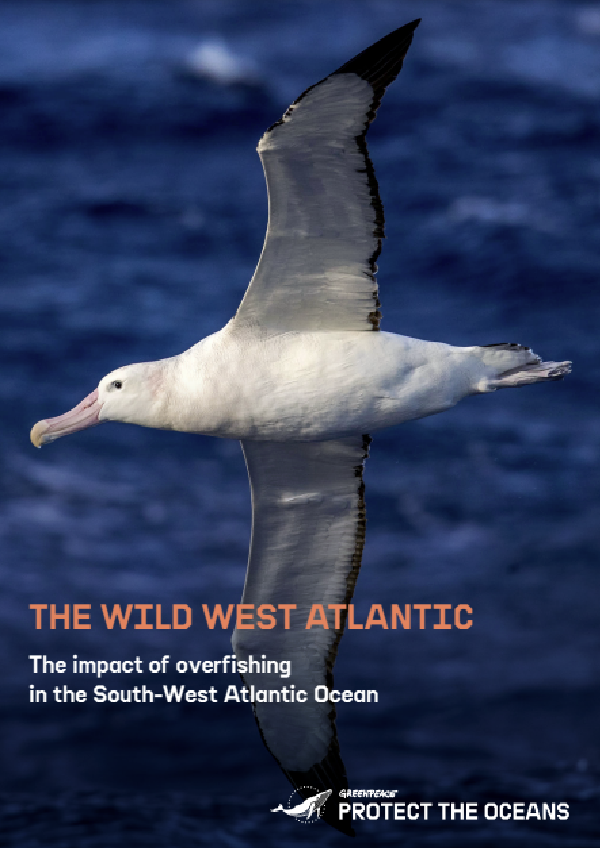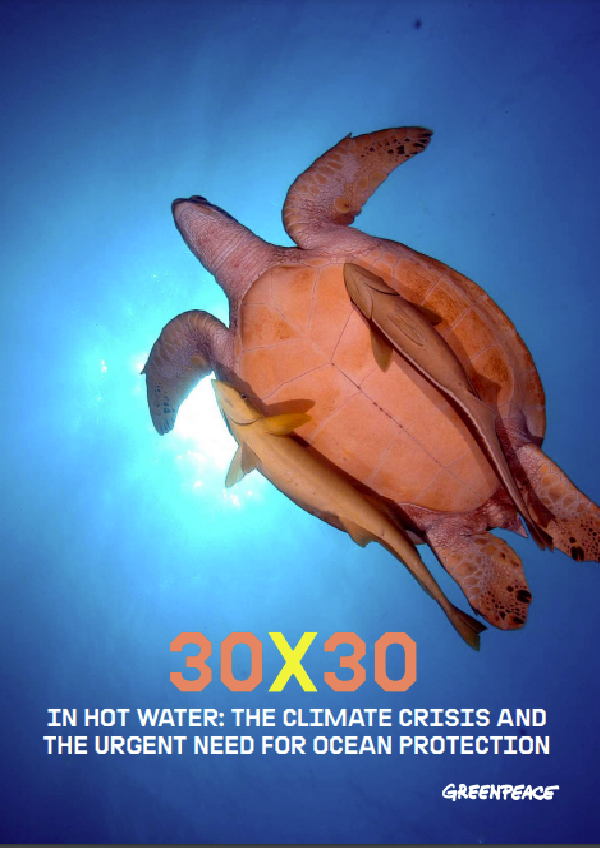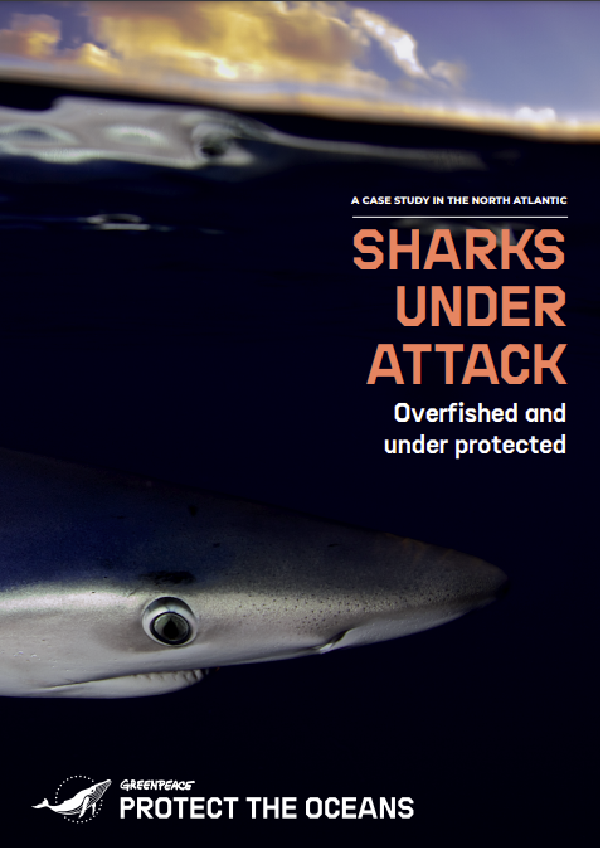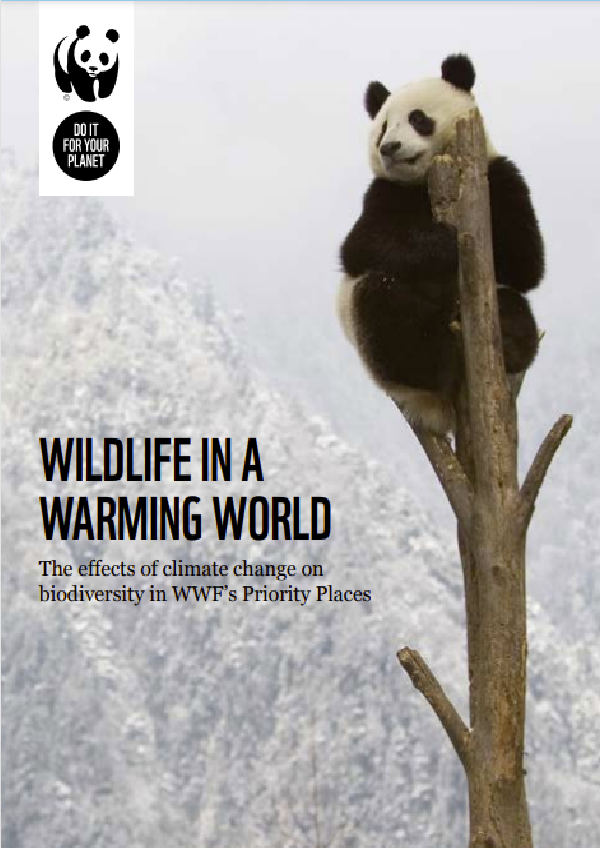Why the world’s ultimate ocean wanderers need protection?
Turtles have existed for more than 100 million years, once sharing the world with dinosaurs. Yet human activity is driving them to extinction. A 2011 study found that a Pacific leatherback population had declined by 78% since the 1980s, and it is no surprise to find that six of the seven turtle species are on the International Union for Conservation and Nature (IUCN) red list.
KEY FINDINGS IN THIS REPORT:
- Turtles have traversed the world’s oceans for more than 100 million years, ranging in large numbers across the globe and occupying a crucial niche within the marine ecosystem.
- Today, six of the seven marine turtle species are on the red list of the International Union for Conservation of Nature (IUCN) and are threatened with extinction.
- The last 500 years have seen alarming declines in turtle populations, historically through hunting by humans. The existential threats facing turtles today are industrial fishing, plastic pollution and climate change.
- Marine turtles live in a wide variety of habitats and migrate thousands of kilometres across the seas to travel between nesting beaches, mating grounds and foraging areas.
- Greenpeace has collaborated on a research project tagging female leatherback turtles nesting on beaches in French Guiana with Argos tags, revealing their incredible journeys to feeding grounds as far away as Nova Scotia and France.
- These turtles have travelled almost twice as far as previously observed groups, indicating how patterns of behaviour are modifying to cope with new currents and sea temperatures. The extra effort expended on finding food is likely to reduce the number of eggs laid each season.
- One of the turtles tagged during the project was found washed up on a beach in Suriname just 120km away from the tagging site. It had died after becoming entangled in a gill net, highlighting the dangers to turtles posed by industrial fishing.
- Global turtle conservation efforts have had successes, with some populations showing trends of increasing abundance. However, overall the picture is less optimistic: historical losses have been very high and the threats currently facing turtles are severe.
- Sanctuaries, or Marine Protected Areas (MPAs), have been shown to provide significant benefits to turtle populations. Sea turtles are highly migratory, so a network of MPAs that protect 30% of the world’s oceans, including international waters, is needed to give them the best chance of recovery.
- To achieve this goal, a new Global Ocean Treaty must be agreed at the UN that will enable the protection of marine life and habitats outside of national jurisdiction.
